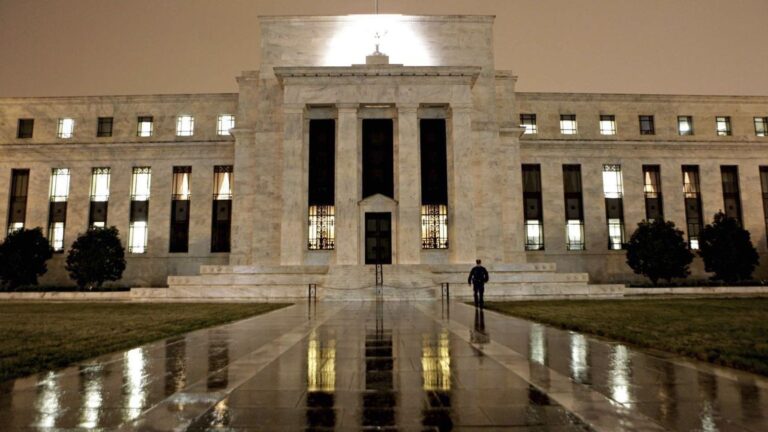The would-be reformers of the capitalist financial system, who maintain its destructive effects as seen in the 2008 crisis and subsequently can be overcome by state regulation, have been delivered a blunt message this week: finance capital rules, OK!
It came in the form of an announcement by the US Federal Reserve that proposed regulations to increase the capital banks must hold to cover losses and avert the need for government-organised bailouts had been severely gutted in the face of a major campaign by the banks and their political representatives.
The proposed regulations had their origins in the financial crisis of 2008 when the global system came close to a complete collapse. A committee established by the Bank for International Settlements based in the Swiss city of Basel drew up a series of rules to cover the world’s banks. But in 2017 they recognised that loopholes remained and sought to close them.
In the US the case for tighter regulation was reinforced by the banking crisis of March 2023 when three significant banks went under requiring a bailout organised by the Fed and other government authorities to prevent it spreading to the entire financial system.
In July last year the Fed official in charge of regulation, Michael Barr, issued a new series of standards to which the major banks had to comply. This involved increasing the amount of capital the banks had to hold to be able to deal with potential losses.
The standards brought furious opposition from the banks. But Barr appeared to be standing firm in the wake of the March debacle.
“Some industry representatives claim that inadequate capital had nothing to do with those bank failures,” he said. “I disagree.”
But 14 months on it was a different story. Barr announced on Tuesday that the key element of the proposal, known as Basel III Endgame, had been halved. Instead of a capital requirement of 19 percent, the rate was cut to 9 percent.
For the six largest US banks this meant freeing up around $100 billion for profitable investment. Under the new proposal they would now be required to add around $80 billion to capital, compared to $180 billion. In addition, it was decided that the new rules would not apply to banks with less than $250 billion—a not inconsiderable portion of the US banking system.
Other proposed regulations were also scrapped. Among them banks will now be able to use their own models to assess market risks, one of their key demands, equivalent to putting the fox in charge of the henhouse, as the saying goes.
There was no doubt about the size of the win by the financial oligarchs and the success of their campaign spearheaded by JPMorgan Chase CEO Jamie Dimon among others. He said the previously proposed regulations would make the banks uninvestable.
Jaret Seiberg, a research analyst at TD Cowen, told the Financial Times (FT) the Fed decision was a “significant win…
Read More: Total capitulation by US Federal Reserve on bank regulation



